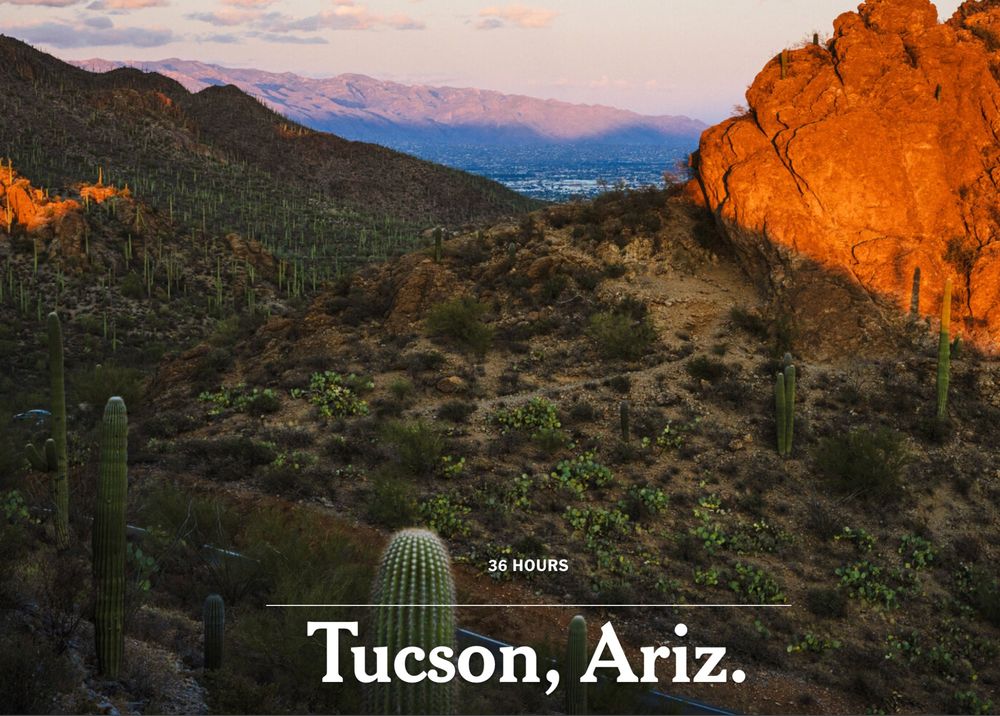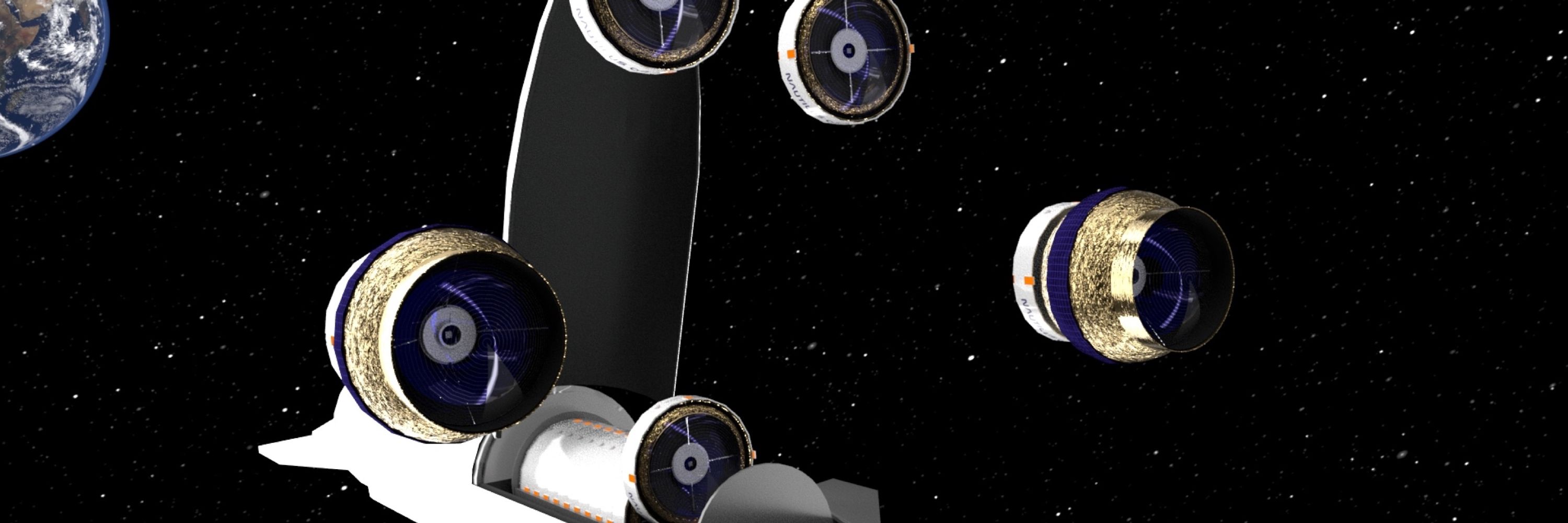
Our team is getting ready for the launch of this incredibly exciting mission to explore worlds beyond the Solar System! #exoplanets @uazresearch.bsky.social @uarizonalpl.bsky.social

Our team is getting ready for the launch of this incredibly exciting mission to explore worlds beyond the Solar System! #exoplanets @uazresearch.bsky.social @uarizonalpl.bsky.social




www.forbes.com/sites/bruced...
@stewardobservatory.bsky.social @uarizonalpl.bsky.social @uarizona.bsky.social
www.forbes.com/sites/bruced...
@stewardobservatory.bsky.social @uarizonalpl.bsky.social @uarizona.bsky.social
www.youtube.com/watch?v=JSzY...
distantearths.com/sub-neptunes... @stewardobservatory.bsky.social
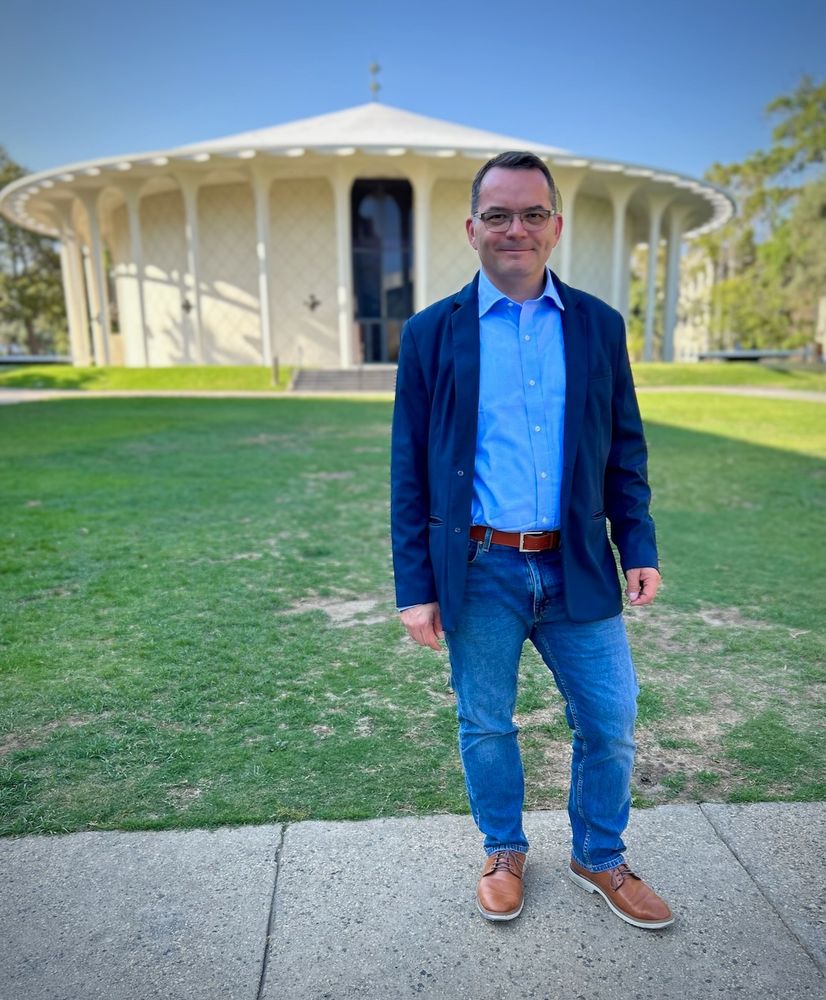
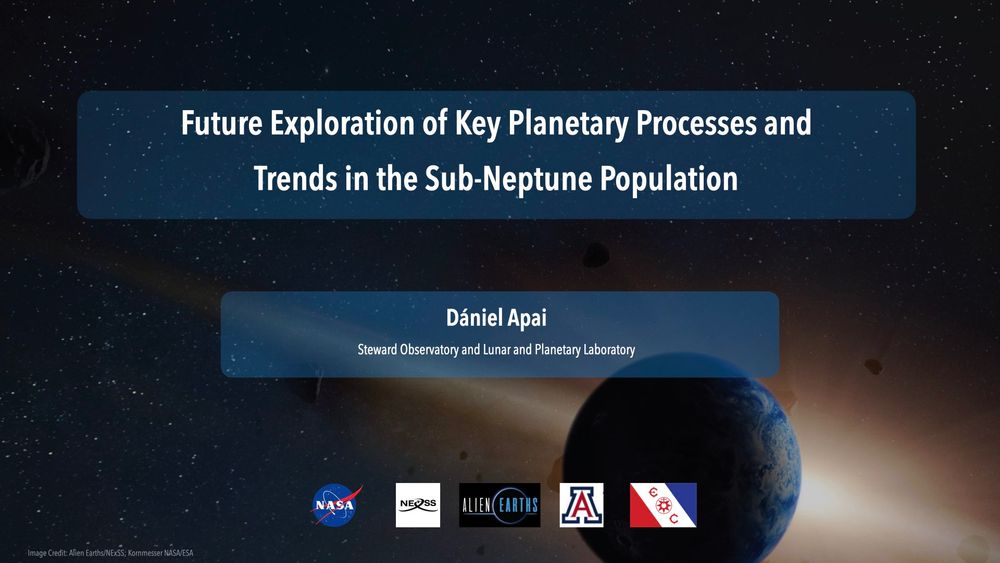
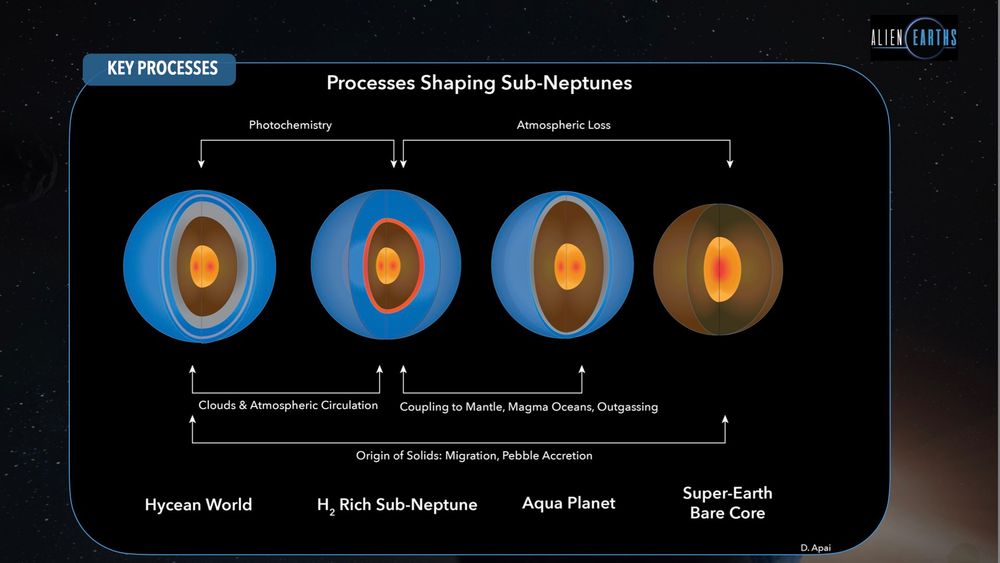
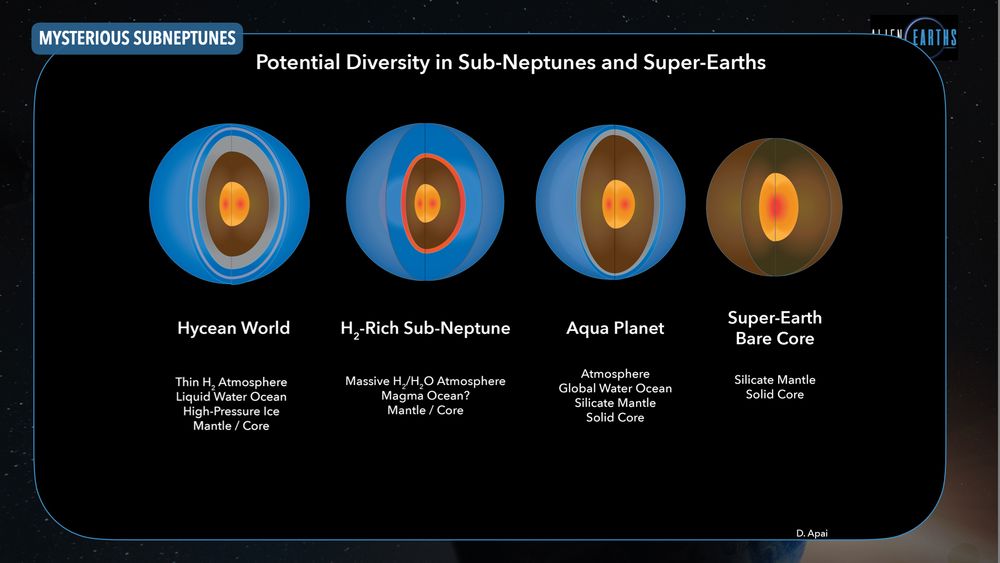
www.youtube.com/watch?v=JSzY...
distantearths.com/sub-neptunes... @stewardobservatory.bsky.social
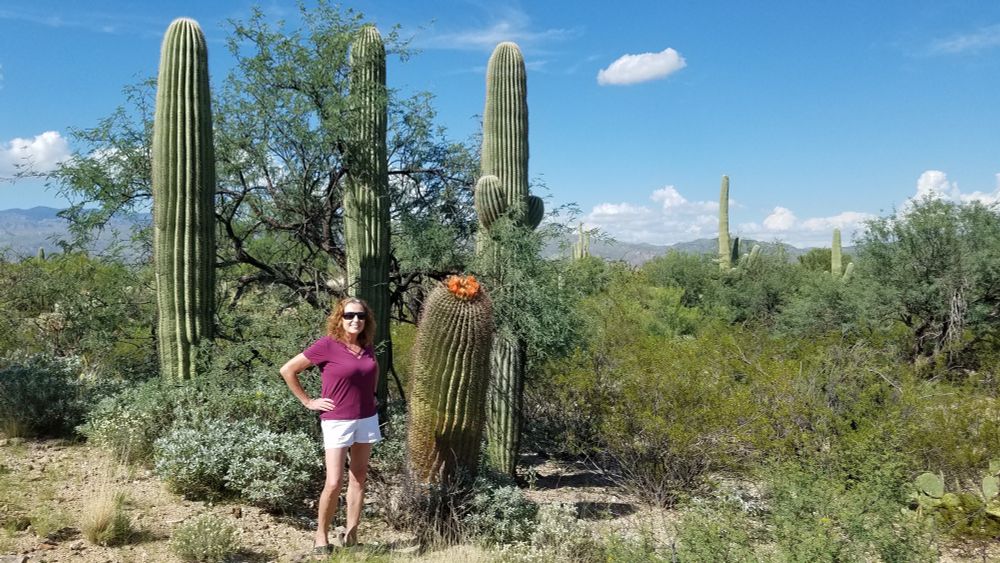
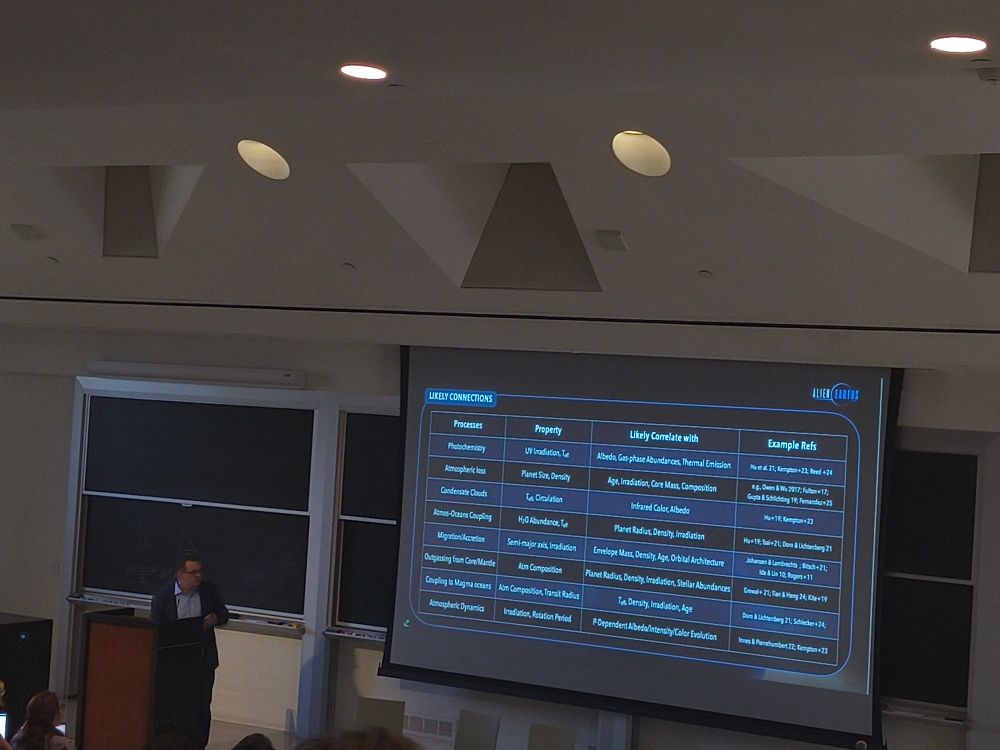
By @danielapai.bsky.social @uarizona.bsky.social:
buff.ly/M4VdDsu

By @danielapai.bsky.social @uarizona.bsky.social:
buff.ly/M4VdDsu
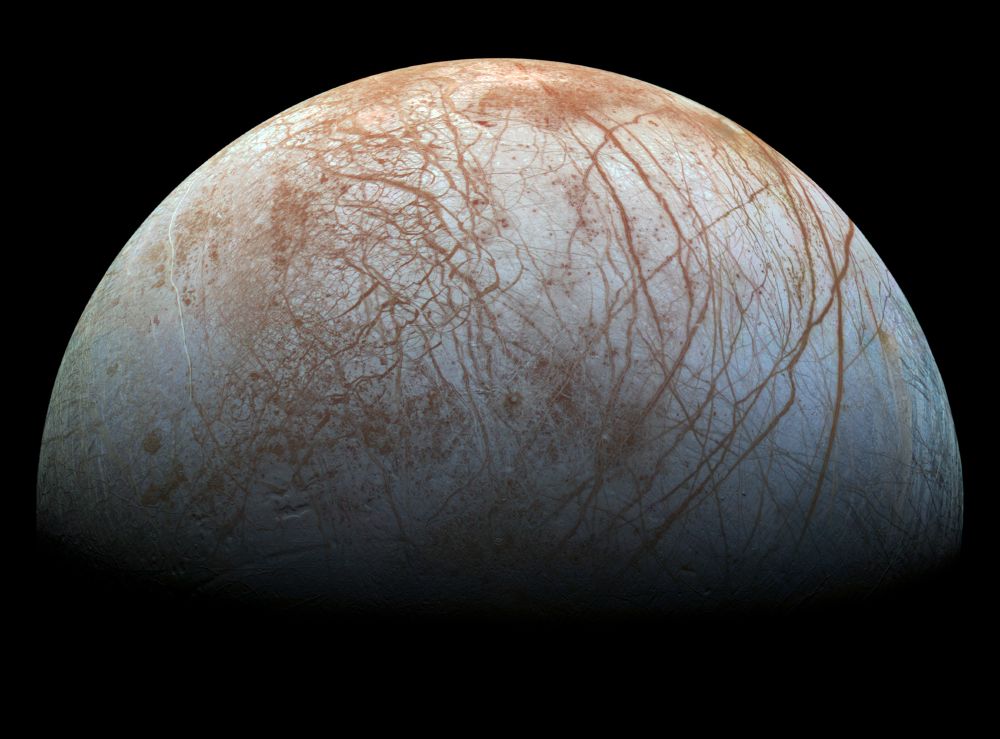
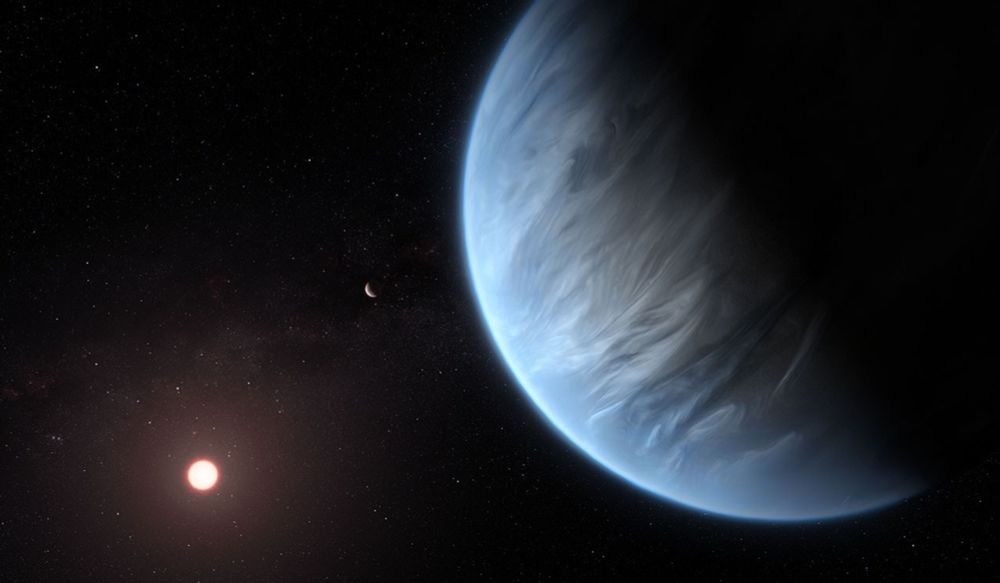
ui.adsabs.harvard.edu/abs/2025AJ.....
ui.adsabs.harvard.edu/abs/2023AJ.....
ui.adsabs.harvard.edu/abs/2025AJ.....
ui.adsabs.harvard.edu/abs/2023AJ.....

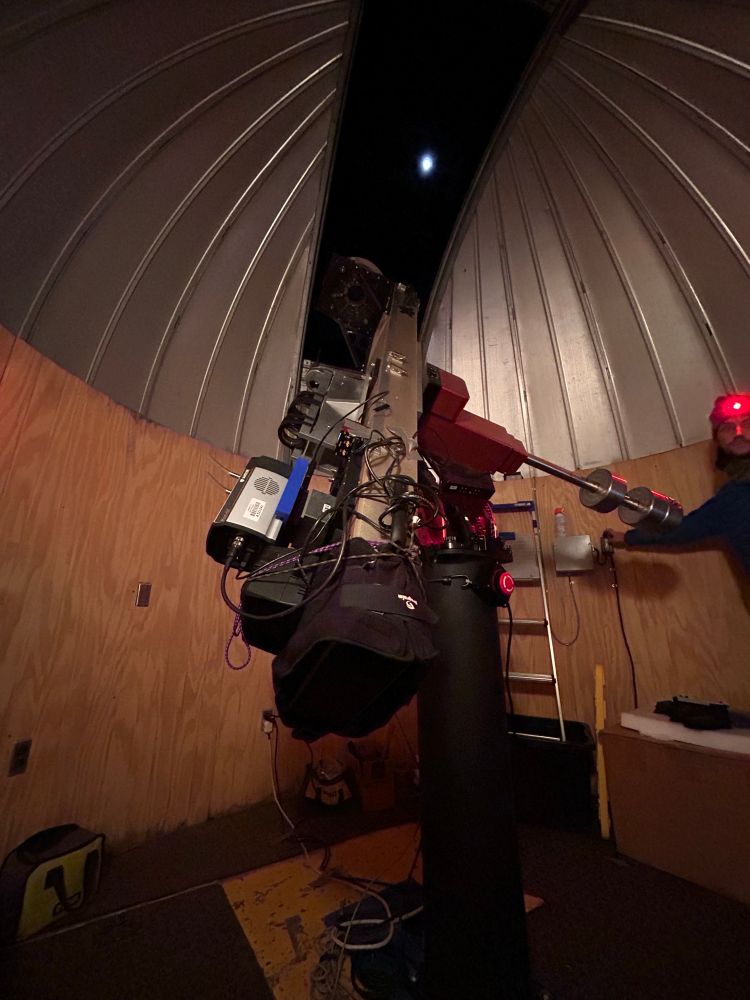
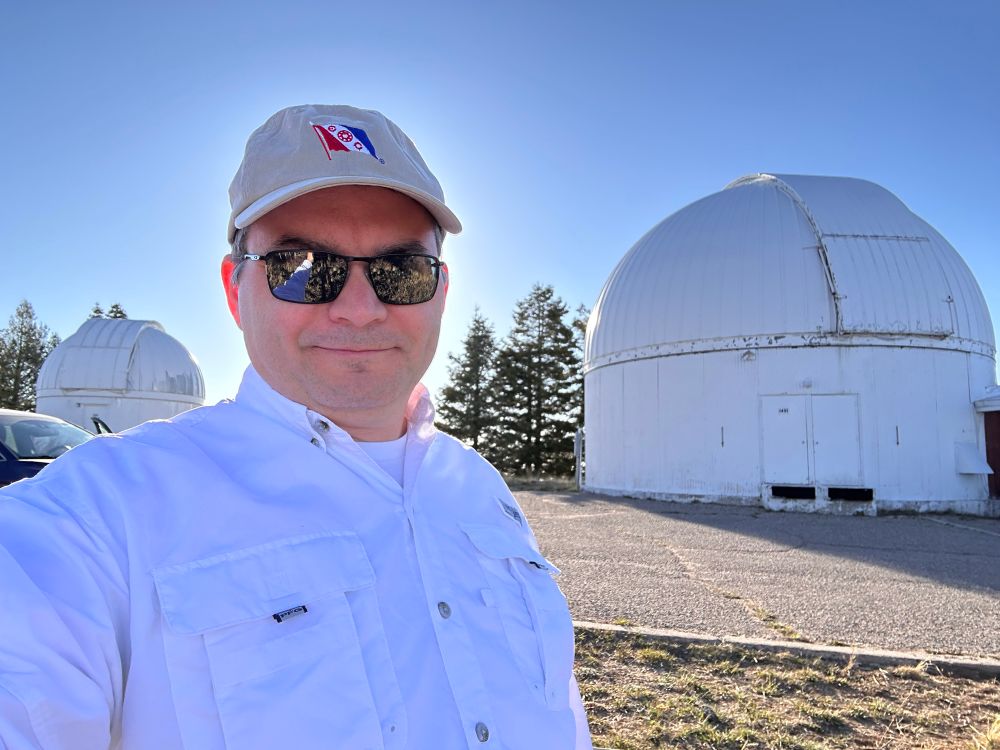
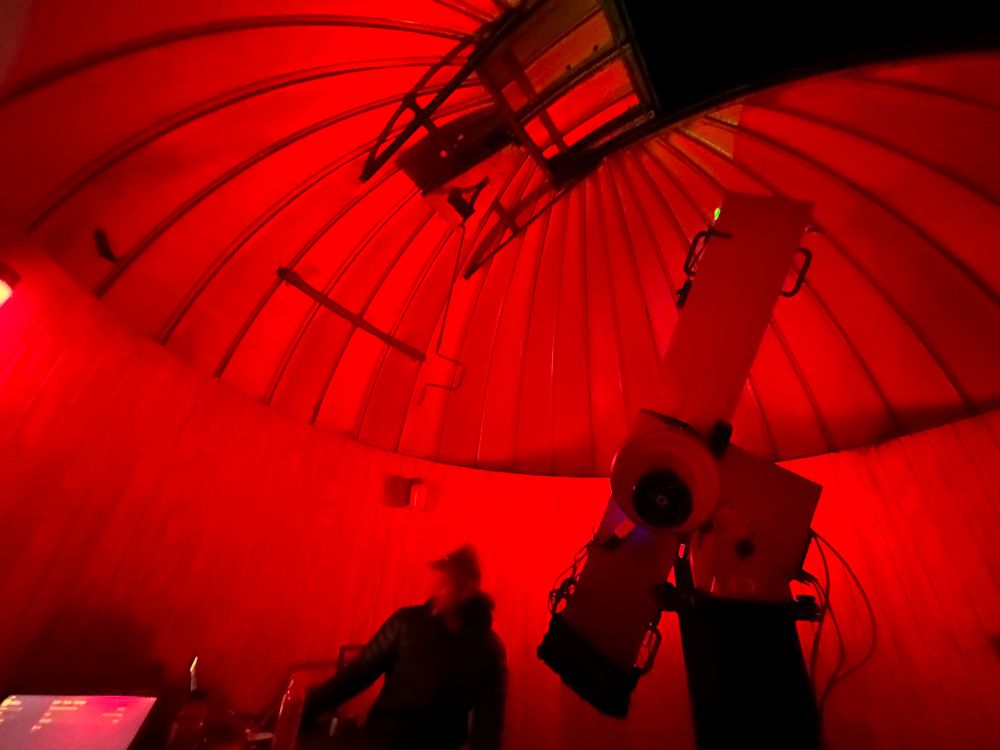
🔭🪐🧪
iopscience.iop.org/article/10.3...
🔭🪐🧪
iopscience.iop.org/article/10.3...
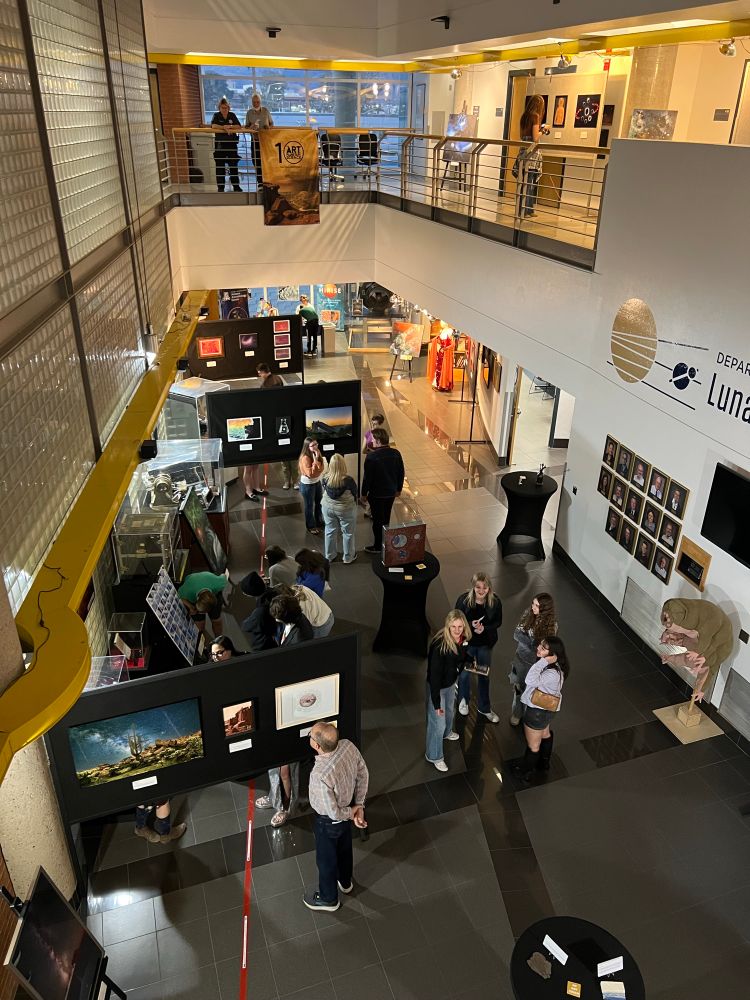
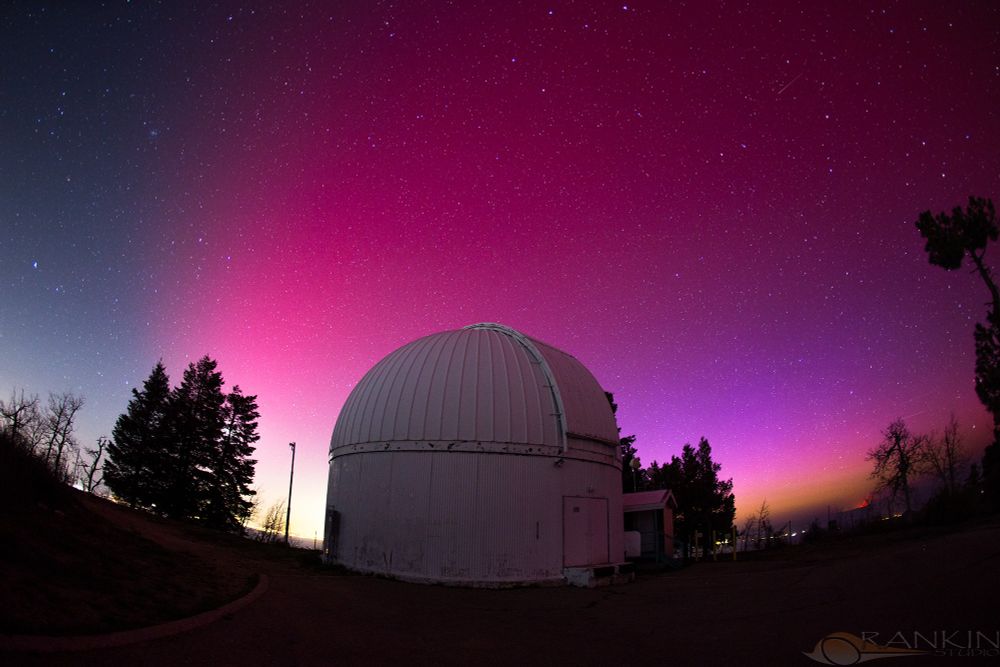

science.arizona.edu/community-en...
@stewardobservatory.bsky.social @uarizona.bsky.social @uarizonalpl.bsky.social

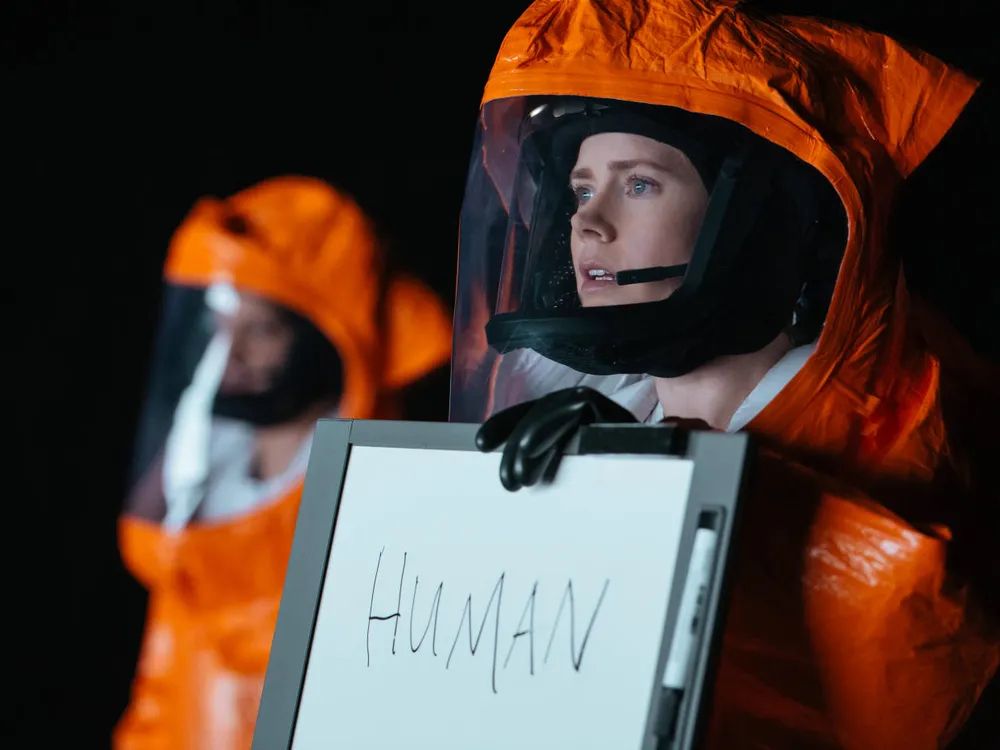
science.arizona.edu/community-en...
@stewardobservatory.bsky.social @uarizona.bsky.social @uarizonalpl.bsky.social
arxiv.org/abs/2501.16429
We studied a circumbinary brown dwarf companion in the Pleiades with direct imaging taken using both apertures of the Large Bincocular Telescope.

Check out the SASP @spacetelescope.bsky.social & apply!
www.stsci.edu/opportunitie...

Check out the SASP @spacetelescope.bsky.social & apply!
www.stsci.edu/opportunitie...
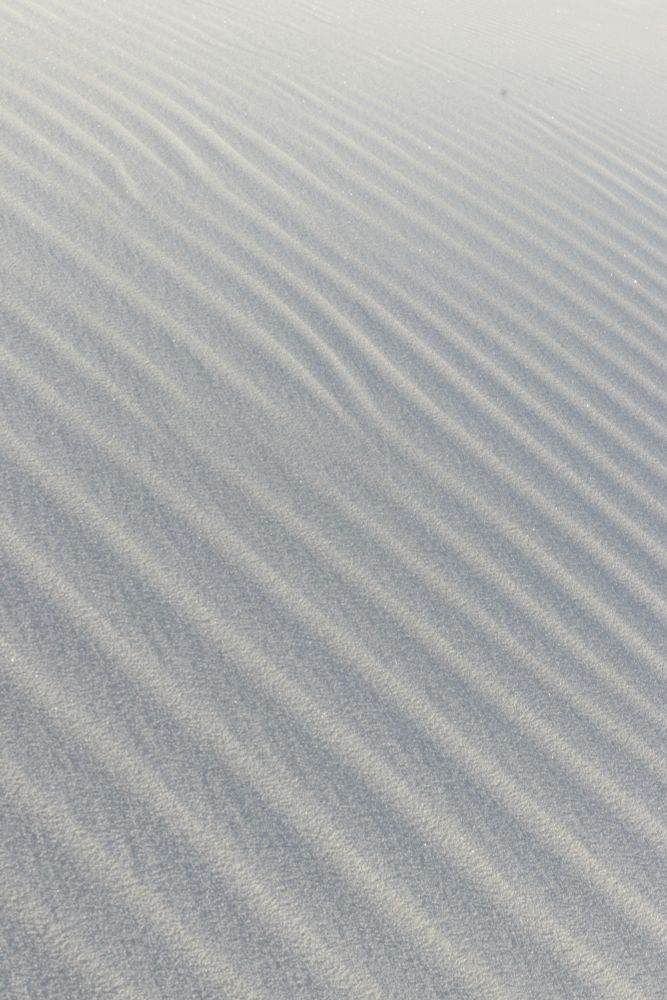
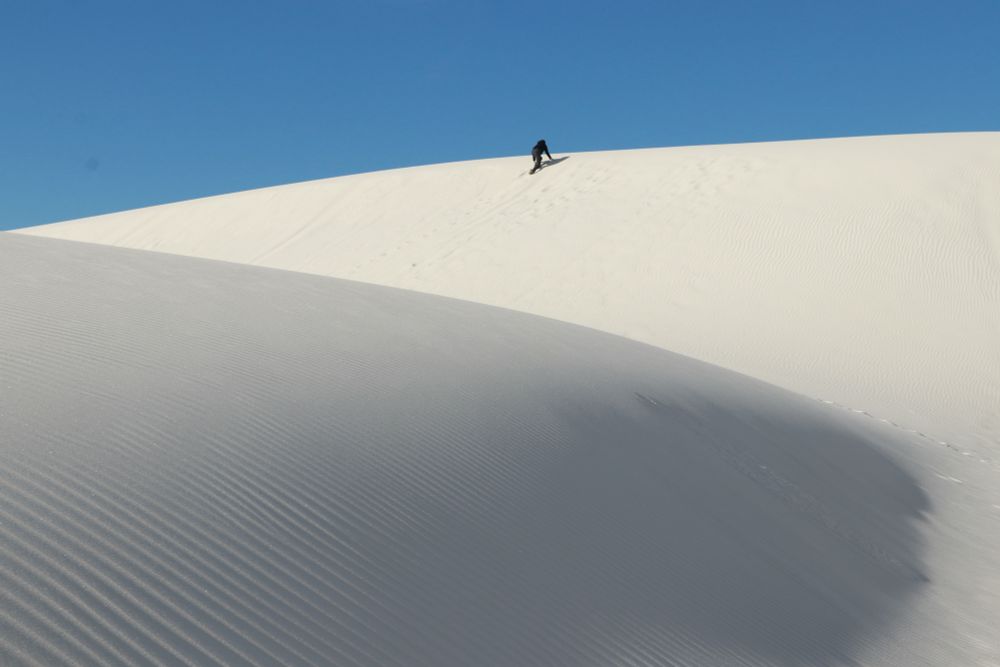


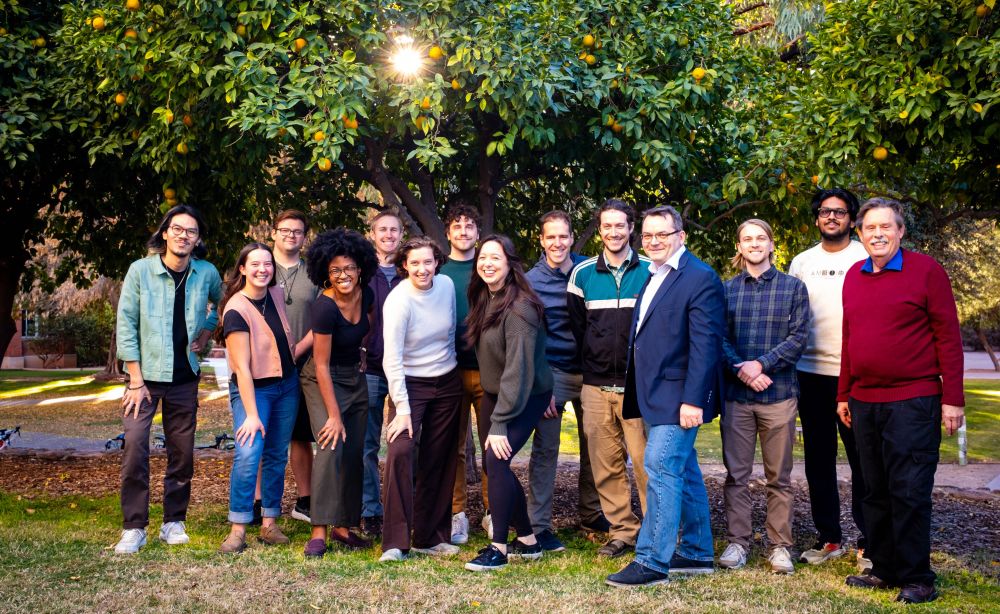
This image shows an impact crater in Elysium Planitia that was first discovered by the Mars Context Camera that formed between February 2012 and June 2014.
More: uahirise.org/hipod/ESP_03...
NASA/JPL-Caltech/University of Arizona
#Mars #science #NASA

This image shows an impact crater in Elysium Planitia that was first discovered by the Mars Context Camera that formed between February 2012 and June 2014.
More: uahirise.org/hipod/ESP_03...
NASA/JPL-Caltech/University of Arizona
#Mars #science #NASA
